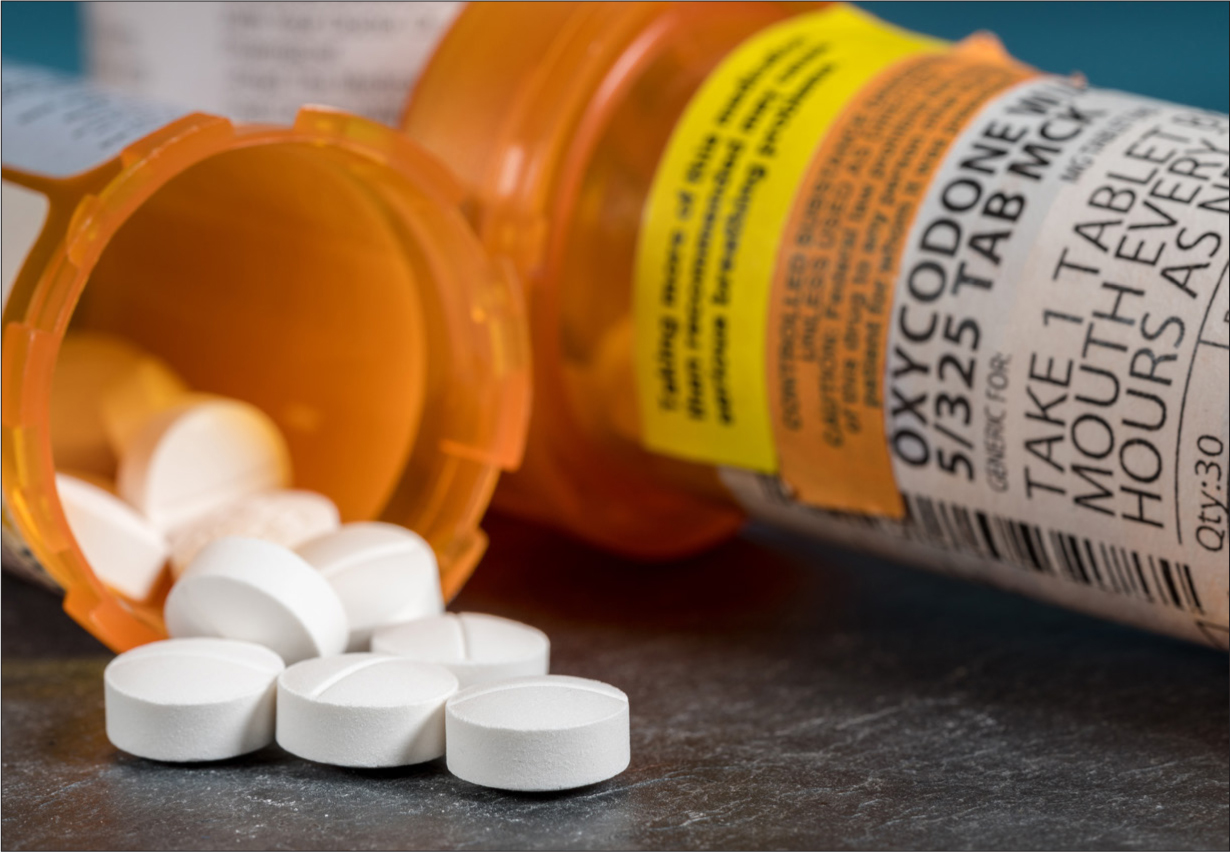Opioids have long been the preferred option when prescribing analgesia for postoperative pain. However, as discussed in previous articles in this column, there is growing concern about the number of people who are prescribed opioids postoperatively and become addicted to this form of pain relief (Mendes, 2019). Therefore, there is a move to find other options in pain management and to manage the dosing of opioids, with awareness in terms of both not giving more than required and for as minimal a time as possible in the interests of the patient, while of course ensuring that the dosage is adequate to provide therapeutic benefit.
A looming public health crisis
Quinlan et al (2019) from the Royal College of Physicians published a review noting that prescribed opioid misuse in North America is a public health crisis having huge social, medical and economic repercussions, with surgery as the identified driver behind persistent opioid use and misuse. They noted that the UK has also seen a surge in opioid consumption per capita, and it is now required that primary and secondary care work together to mitigate the problem of perioperative prescribed opioid misuse (Quinlan et al, 2019). Quinlan et al (2019) worked to identify the drivers behind persistent opioid misuse postoperatively and discussed the actions that can be taken by stakeholders to help prevent the UK developing its own perioperative prescribed opioid crisis.

Risk factors for opioid dependence after surgery
One of the obvious factors is the addictive properties of the drugs being prescribed. Modified-release preparations were found to have addictive property, as well as compound analgesics (Quinlan et al, 2019). Personal factors also present risks to opioid dependence, such as surgery and exposure to opioids, as well as a past medical history of drug or alcohol dependence, psychological problems, chronic pain and a personality trait where there is a tendency to catastrophise (Quinlan et al, 2019).
In terms of prescribing, there are various risk factors, such as poor knowledge surrounding the safe use of opioids and acute and chronic pain prescribing, use of repeat opioid prescriptions, dispensing of long-duration opioid prescriptions, use of ‘weak’ opioids, a mistaken belief that dependence to prescribed opioids is rare and failure to promote opioid deprescribing, and educate patients on the safe use of prescribe postoperative opioids (Quinlan et al, 2019).
Additionally, Quinlan et al (2019) pointed out that, societally, there is a tendency towards a lack of safe opioid disposal; acceptability of the weaker opioids such as codeine and tramadol; and deprivation in some areas, which increases the risk of misuse.
Quinlan et al (2019) also highlighted the role of the pharmaceutical industry, revealing marketing of opioids (especially in the US) with false claims about addiction to new longer-acting opioids. Drug companies are known to sponsor drug trials that promote the positive aspects or superiority of their products without a fair emphasis on properties that are highly damaging, such as the propensity for opioids to be highly addictive.
Healthcare initiatives to be aware of that unconsciously encourage a lack of awareness of over-prescribing opioids would be using pain as the fifth vital sign campaign, titrating opioids to numerical pain scores and incentivising through paying trusts by results or by patient-reported outcome measures (PROMs). The outcome measures may produce data showing particularly good pain management, but these scores may simply represent the over-prescription of opioids, which of course is encouraged by the incentive. There is a significant under-provision of services, such as a lack of alternative resources and services to support those with chronic pain and a lack of recognition of chronic pain as a long-term condition (Quinlan et al, 2019).
Glare et al (2019) documented that deaths from prescription opioids have more than quadrupled in the US since 1999, with this pattern now expanding to worldwide. They also noted that inappropriate opioid prescribing after surgery, particularly following discharge, is a major contributing factor to this problem. Chronic post-surgical pain occurs in about 10% of patients who have undergone surgery, typically beginning as acute postoperative pain that is difficult to manage and soon transitioning into a persistent pain condition with neuropathic features unresponsive to opioids (Glare et al, 2019).
Research into how and why this transition occurs has led to a stronger appreciation of opioid-induced hyperalgesia, use of more effective and safer opioid-sparing analgesic regimens and non-pharmacological interventions for pain management (Glare et al, 2019). Those at risk of chronic pain need a good plan of pain management to get their pain under control prior to their discharge from hospital to prevent the need for repeat opioid prescriptions, which may inadvertently lead to the misuse that has become so prevalent.

